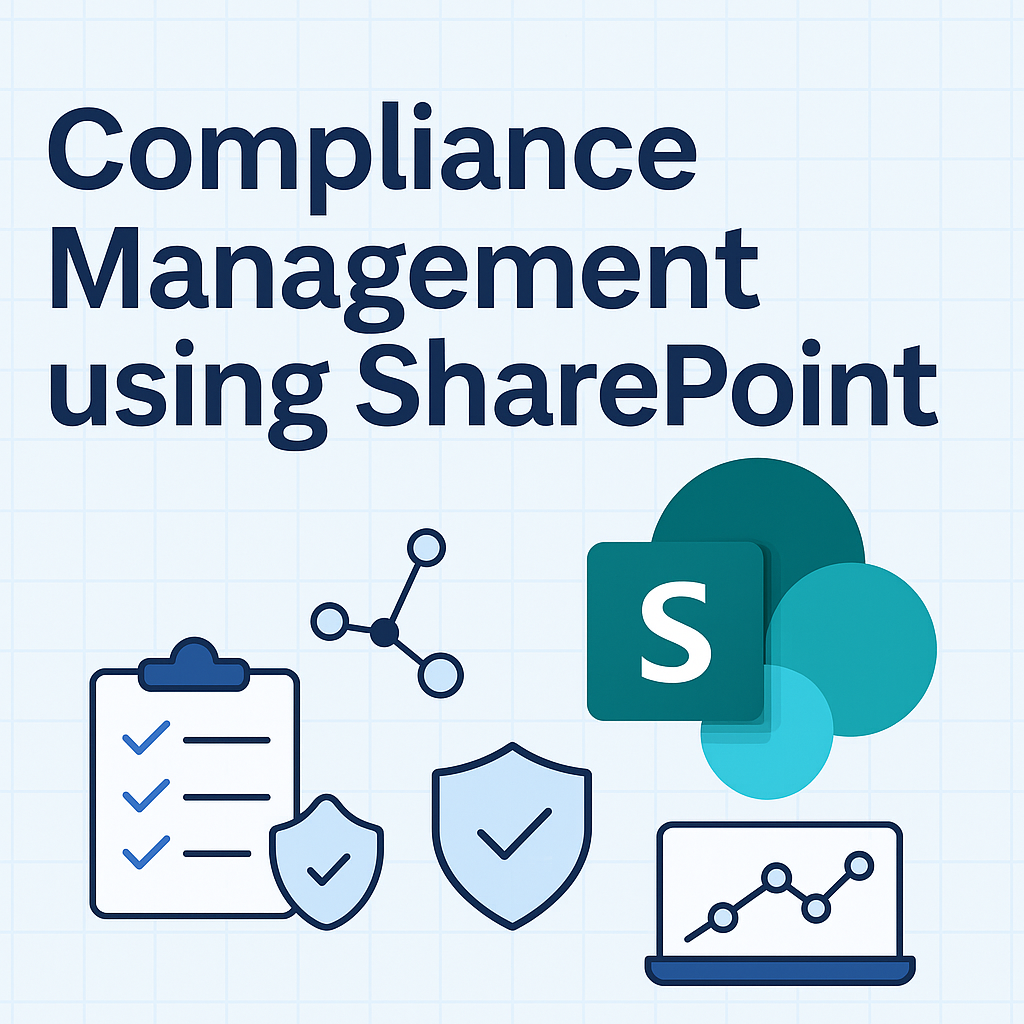Inventory and Warehouse Management plays a pivotal role in any industry or sector who need to track inventory levels, sales, orders and deliveries. Vtiger/Cloud Yogi CRM and Odoo ERP both have modules dedicated to the management and moderation of the warehouse and inventory. The warehouse management in both these software helps you in accomplishment of the basic functionalities required, but at a many levels, they are quite dissimilar from each other. The discussion of differences among the two will help you get a better idea as to which of the software suits your requirement better.
- Request for Quotation: This is a feature which is unique only to Odoo. With the ‘Request for Quotation’ functionality, you can generate a request to be sent to your vendors, asking them to provide you with best possible quotations.This allow you to purchase from the vendor providing the best price. Thus this feature adds value to your business.
- Scalability: Scalability is the ability of a software or a system to conveniently handle the amount of growing work i.e. the ability to grow with the business and company work. Thus a scalable software has several in-built modules to cope up with a growing business. Odoo has a large number of in-built modules hence can easily incorporate for the increased business size. Vtiger, on the other hand, is a relatively simpler software, consisting of lesser number of modules. Though newer modules can be customized for Vtiger, but the scalability for Odoo is by default.
- Locations: Again, this feature is singular to Odoo. This feature is useful in case a business has multiple stores or outlets. Thus, with ‘locations’ you can transfer your goods between two of your warehouses or your stores and also track them. This is known as internal movement of inventory.
- Detailed Actions: For the various processes that can be carried out under different options of this module, it can be easily noticed that Odoo can execute each action in a wider scope. For each stage, the options provided by Odoo are greater and hence it improves the capacity of usage of the software.
- Flexibility: Whenever certain changes are to be made, Vtiger proves to be an easier software as the new modules can be added by a few simple clicks, while in case of Odoo coding is to be done. Hence it becomes a little costly for the user as well as he has to pay for the coding each time he needs to bring about a change.
- Ease of Use: Both these software are pretty easy to implement and use. Anyone can use it after a simple training provided by the vendor. But when it is the time to compare, Vtiger is the favoured one. Actually, as Vtiger has lesser dimensions to each of the processes as compared to Odoo, thus it becomes relatively easy to use. But as the needs of an enterprise increases, it becomes much convenient to have an ERP which can take care of larger number of processes
These are a few basic comparisons which can be drawn in the inventory and warehouse management module of Odoo and Vtiger. When it comes to choosing one from among them, it is a decision that has to be based on the extent to which this module is to be used in the business, on your understanding of the warehouse management of your business and lastly with consultation with your vendor, who would be able to relate your needs to the functionalities of the software. Target Integration has an expertise in customizing and installing both Vtiger and Odoo. If you are confused about which software will help you better manage and optimize your inventory, drop an e-mail at [email protected] *image source: http://bit.ly/1AiMHjG,



